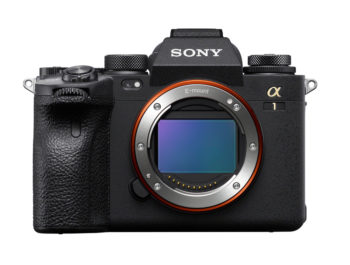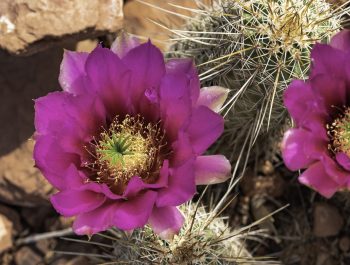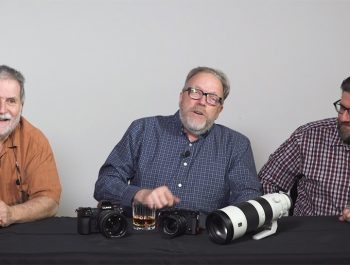The Sony A7r IV – A Major Milestone After All
The First of Three Articles On The Quest For Higher Image Quality (IQ)
As I am writing this article and taking the images to illustrate it, my wife and I have confined ourselves to our house and immediate surroundings like hundreds of millions – if not billions – of people throughout the world to slow the spreading of SARS-CoV-2. Our prayer is that we all get through this difficult time with the fewest possible casualties, and use this experience to treasure all life and what is truly most important to us, our own humanity. The following images were all taken within 300 yards of my house, and are more utilitarian than artistic. However, I think that the following image may be inspirational and suitable for dedication to lovers of Nature and outdoor photographers everywhere.
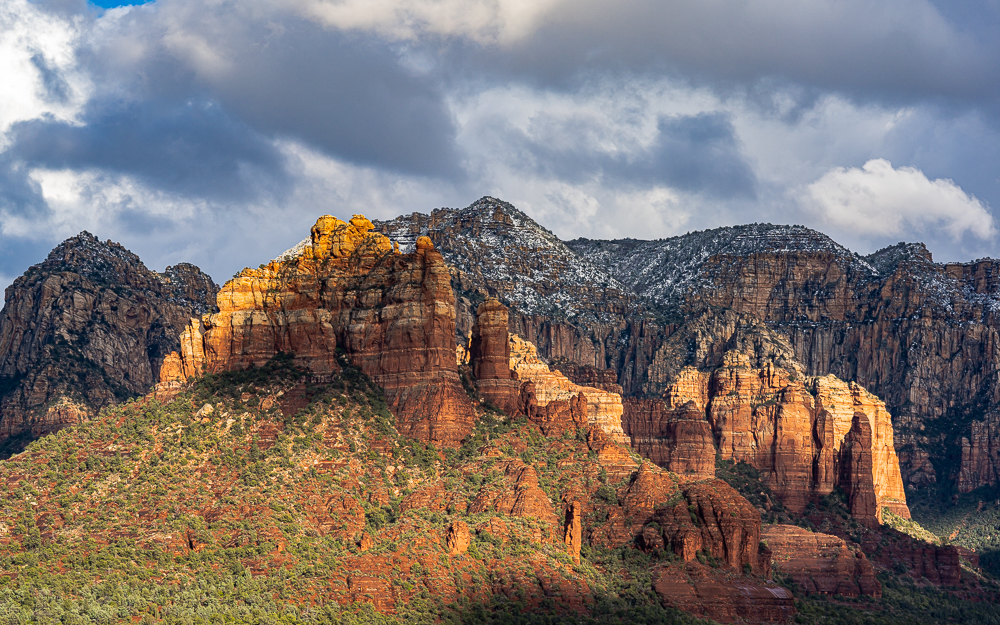
In mid-June of 2019, when Sony announced the introduction of their latest iteration of the A7r series, photography reviewers, bloggers, pro’s, enthusiasts and retailers were all taken by surprise. It had only been about 20 months since the introduction of the A7r M3, and most Sony followers didn’t expect an update of that for another six to ten months.
By late June, early reviewers had gotten over their initial shock and published articles and critiques of the newer camera. Despite the fact that a full-frame 61 MP sensor was big news, the initial reception was not unanimously glowing. Some photobloggers stated that the additional resolution over 42 MP wasn’t significant and that while there were a number of well-received incremental improvements in camera form and features, Sony should have delayed introduction until they could offer a truly ground-breaking camera. Still, others complained that larger digital files would greatly slow editing times and workflows while also cluttering up storage media.
After six months of shooting with my Sony A7r iv, (B&H Photo, Roberts Camera) I don’t agree with the above pronouncements.
First, after ruthlessly discarding mediocre image files and unneeded duplications and then transferring all “pruned” file storage to external drives, my six-year-old iMac 5K is almost as fast as when I first plugged it in. Increases in editing times for the 61 MP RAW files are only slightly longer, and total file storage is growing slowly as I make it a point to save fewer of the larger files. (See my photoPXL article).
Second, though 61 MP may not enable much larger prints at native resolution, combining 19 additional megapixels with further design improvements in Sony’s sensor has significantly improved image quality. All other things being equal, higher resolution in the same size sensor results in a higher sampling percentage of light waves reaching the sensor. The resulting higher accuracy yields more acutance and color fidelity in the raw image. Additionally, a more efficient sensor structure like stacking, and optimizing the quantity and distribution of sensor cells dedicated to each primary color will also increase the accuracy of color and intensity measurements.
Perhaps this latest sensor technology is a logical progression from what was used in the A7r M3 rather than a sudden breakthrough. But, the visual impact of this latest iteration is stunning. And, it took much technical virtuosity to make this pixel density jump without a major increase in noise, something that has held back resolution jumps prior to 2019. Yes, versus the M3, the A7r M4 shows about a stop more noise at ISO’s of 1600 and higher. But, with more careful exposure and use of more sophisticated denoise software, this has not proven to be a major sticking point.
I have to admit that it has taken almost five months to fully appreciate the capabilities of the M4. And, it was only six weeks ago that I finally concluded that I wasn’t seeing the full potential of this camera because only a few existing E-mount lenses could fully exploit Sony’s 61 MP sensor. Lenses like the Sony FE 16-35mm F2.8 GM could resolve the M4’s higher resolution in the central part of the image, but the edges and corners of the resulting image were no better than what was produced on the 42 MP sensor in the A7r M3 camera. For many photographers this is not an important distinction. But as a nature photographer whose first love is reproducing landscapes as realistically as possible, maximizing image quality and edge to edge sharpness is a never-ending quest. Part of that is periodic review of equipment to see what might work better. At the beginning of this year my lens line-up was as follows:
- Sony FE 16-35mm f2.8 GM (B&H Photo, Roberts Camera)
- Sony FE 24mm f1.4 GM (B&H Photo, Roberts Camera)
- Sony-Zeiss FE 55mm f1.8 ZA (B&H Photo, Roberts Camera)
- Sony FE 85mm f1.8 G (B&H Photo, Roberts Camera)
- Sony FE 135mm f1.8 GM (B&H Photo, Roberts Camera)
- Sony FE 200-600 f5.6-6.3 G, plus Sony 1.4x tele-extender (B&H Photo, Roberts Camera)
Of these, only the 24mm GM and 135mm GM lenses were designed to accommodate a future higher-resolution sensor. I hadn’t used the 24mm GM lens much, but one family group shot was uniformly sharp from edge to edge. Images made with the 135mm GM lens blew me away. (See my article on this lens) .
I had not yet realized that the 16-35mm zoom, the 55mm f1.8, and 85mm f1.8 lenses were producing images with relatively softer outer margins. I hadn’t noticed this because that is what I had been used to seeing, as all lenses exhibit decreasing resolution going from the image center toward the edges. To fully exploit sensor resolution, lenses generally have to resolve higher than the sensor in the center and equal the sensor’s resolution at the edges. Therefore, the introduction of a new higher resolution camera generally results in the introduction of re-designed lenses either timed for release just before and just after the new camera is released.
But, Sony may have accelerated the release date of the M4 for marketing reasons even though the A7r M3 was still relatively new and highly regarded, and despite a lack of new lenses that could show off the M4’s capabilities. It also appears that Sigma and Tamron anticipated a future need for higher resolution FE mount lenses, and timed their release for early to mid 2020, with some of these now on the market. Probably for different reasons, Voigtlander started earlier and produced at least two lenses that achieve the full resolution and IQ potential of the A7r M4. Both are APO-Macro lenses. More about this later.
I sold the three Sony lenses that performed so well on the A7r M3, and replaced them with the following four lenses:
- Sony FE 20mm f1.8 G (B&H Photo, Roberts Camera)
- Tamron E 35mm f2.8 Di III OSD M 1:2 closeup lens (B&H Photo, Roberts Camera)
- Sigma 45mm f2.8 DG DN Contemporary (B&H Photo, Roberts Camera)
- Voigtlander 110mm f2.5 Macro APO-Lanthar (B&H Photo)
Based upon available resolution charts and early comment, these four lenses were judged capable of fully exploiting A7r M4 capability; and my experience so far reinforces that. (Readers may wonder why I’m keeping the Sony FE 200-600mm f5.6-6.3 G lens (B&H Photo, Roberts Camera) since it is also softer at the edges. The primary reason is $12,000, the cost of upgrading to the Sony FE 600mm f4.0 GM lens.)
Having set the stage, the rest of this article will feature images shot with each of these four new lenses on the A7rM4, with 1:1 blow-up comparisons of the central, border corner areas. The same type of images taken with the Sony FE 16-35mm f2.8 GM and Sony 85mm f1.8 G will be shown for comparison.
First, some caveats are necessary, as these are field results rather than lab tests.
- Though significant to me the resolution differences may not seem that way to others.
- Differences that are plainly visible on a 9564 x 6336-pixel image may be difficult to see in a 1000-pixel wide-format used in this article.
- Three-dimensional subjects photographed in the field introduce additional variables that make direct resolution comparisons difficult. Lens resolution tests most often made by imaging a flat two-dimensional graphic so that all parts of the image are equidistant from the camera sensor, and all points are in the same plane of focus. Trying to compare the sharpness of different parts of an outdoor image is difficult as loss of sharpness can also result from one area being slightly out of focus. (But, looking at landscapes is a lot more fun than looking at resolution charts.)
- My conclusions are based on similar comparisons drawn from a number of images made with each lens. To keep article size moderate, only one example is shown for each lens.
- All the images shown here are taken with the Sony A7r M4.
PREVIOUS LENSES
Sony FE 16-35mm f2.8GM
This is an incredibly good lens, particularly for a zoom. On the 61 MP sensor of the M4 it appears to fully resolve the central part of the image. However, minor softness is observable in the outer portions of the image. Overall, images taken with this lens on the Sony A7r M4 are sharper and more impactful than the images taken with this lens on the M3. I was impressed with this degree of improvement, which temporarily overshadowed the fact that further lens improvements would enable more uniform sharpness. The next three images provide a base upon which to evaluate images produced by wide-angle lenses with new formulations.
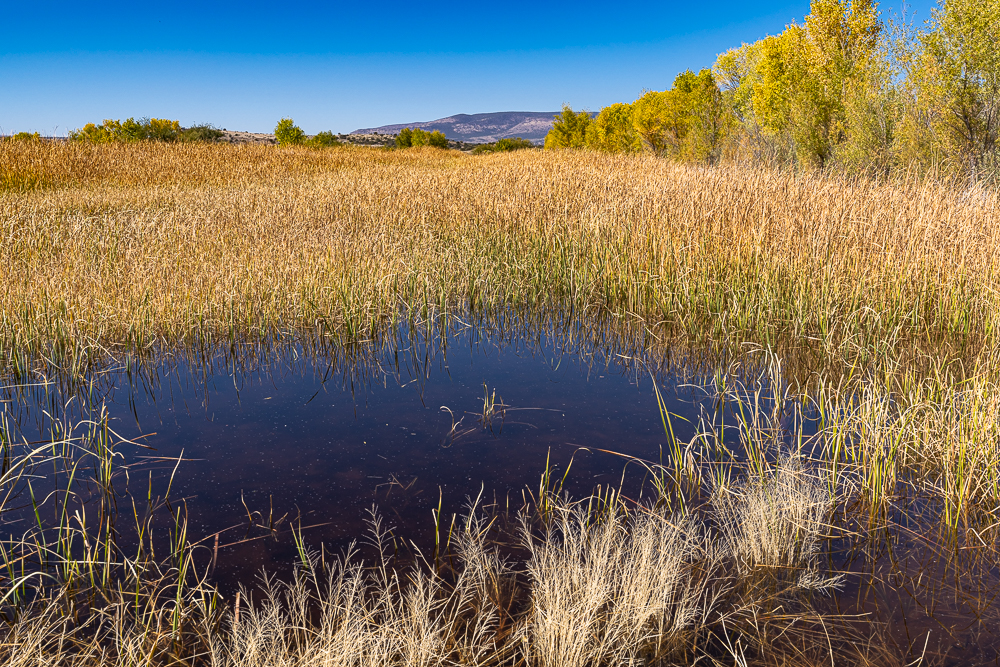
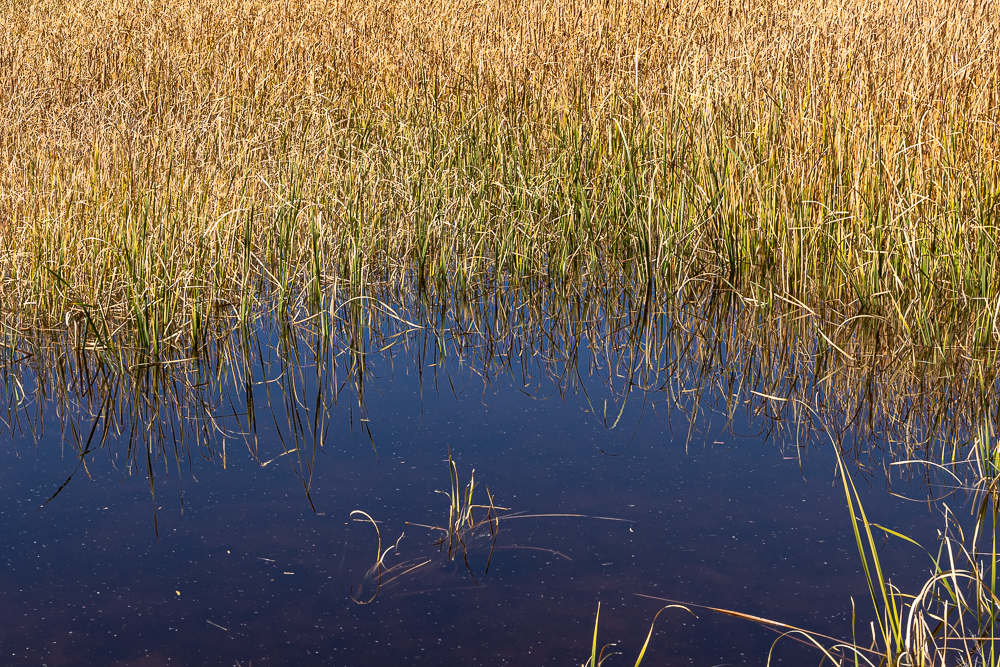
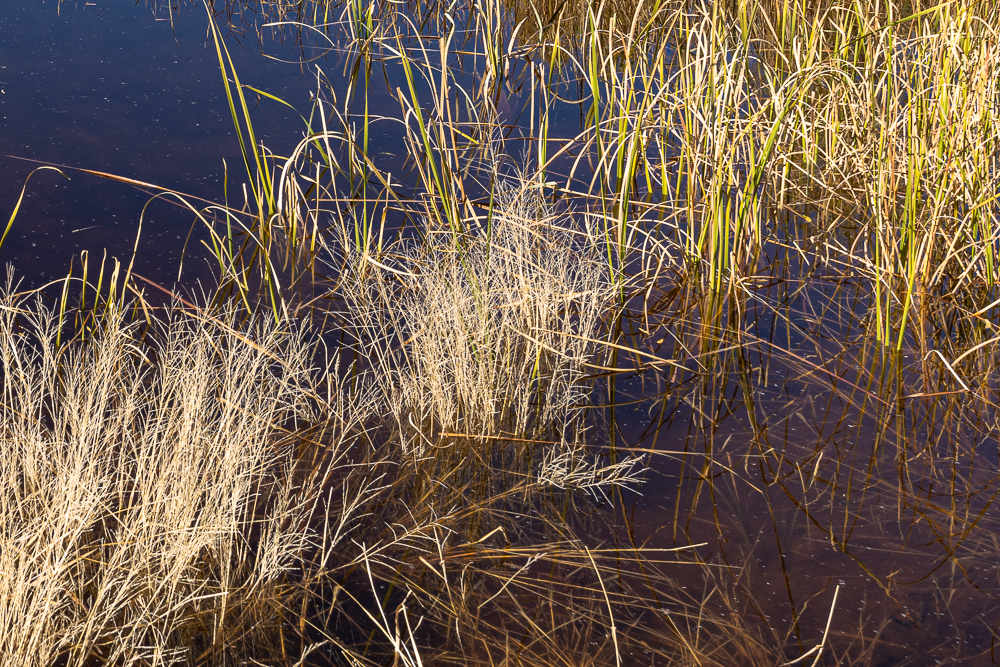
Sony FE 135mm f1.8 GM
According to Roger Cicala, owner of LensRentals, this lens is the sharpest he has ever tested and appears to be designed to substantially resolve a 90 MP sensor. It also helps that the 135mm focal length has consistently produced the sharpest lenses for the last 30 or 40 years. In any event, the combination of this lens and the Sony A7r M4 must be the gold standard of full-frame resolution for present times. Sharpness across the frame is evident in the next three images.
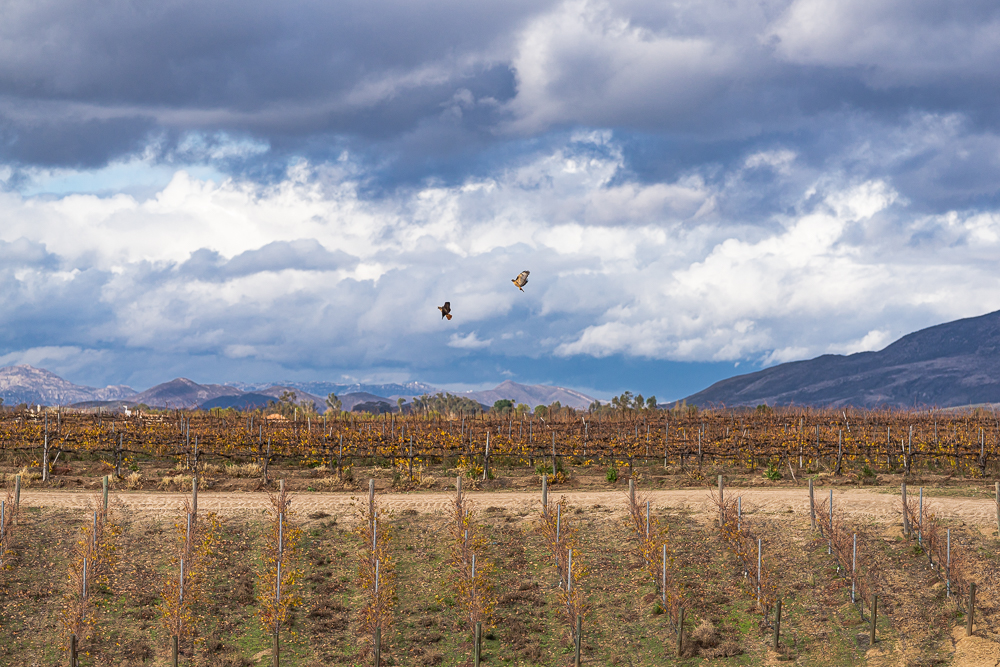
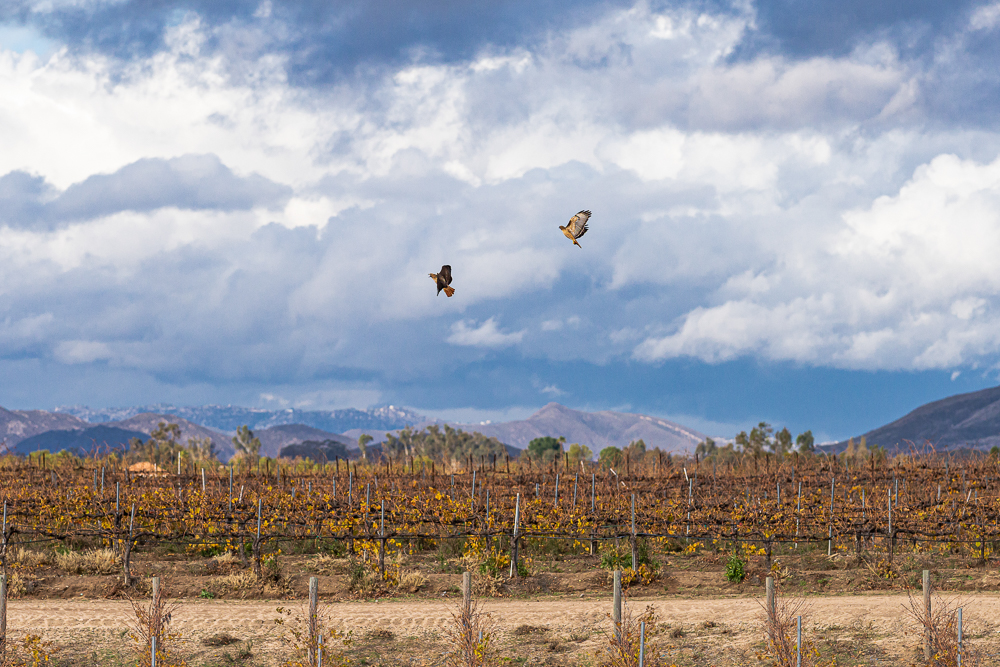
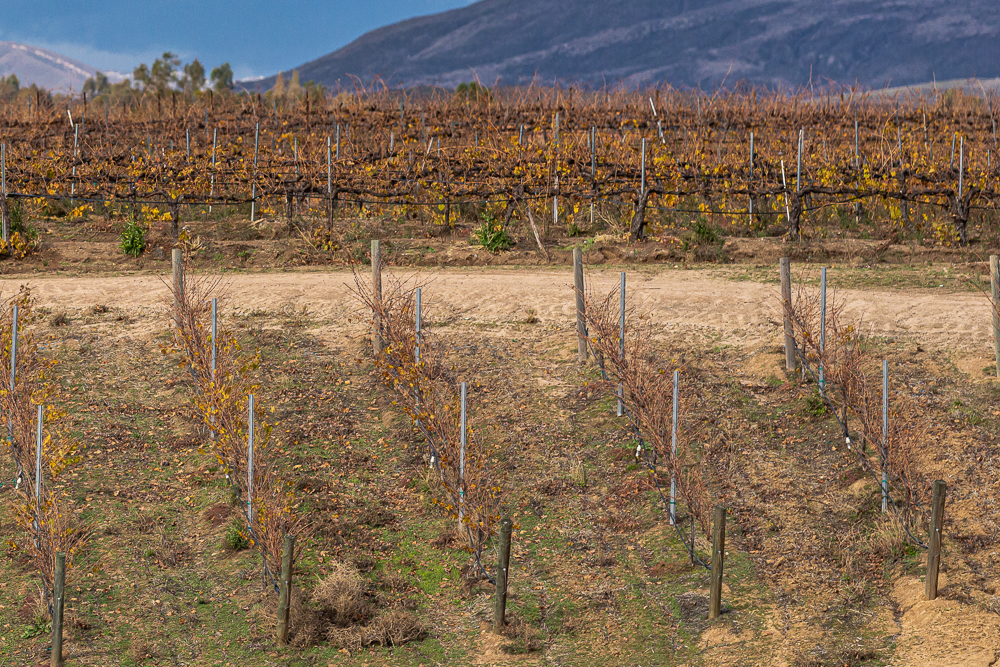
New Lenses
Sony 20mm f1.8 G
Released by Sony in early March 2020, this lens has been called the “cousin” of Sony’s 24mm f1.4 GM lens because of its outstanding resolution, size, and lightness, even though it is not a GM lens. Though this lens is built less robust, construction is still quite good including dust and moisture seal and is fluorine coated to shed dust and water droplets. Early comments included raves for edge to edge sharpness.
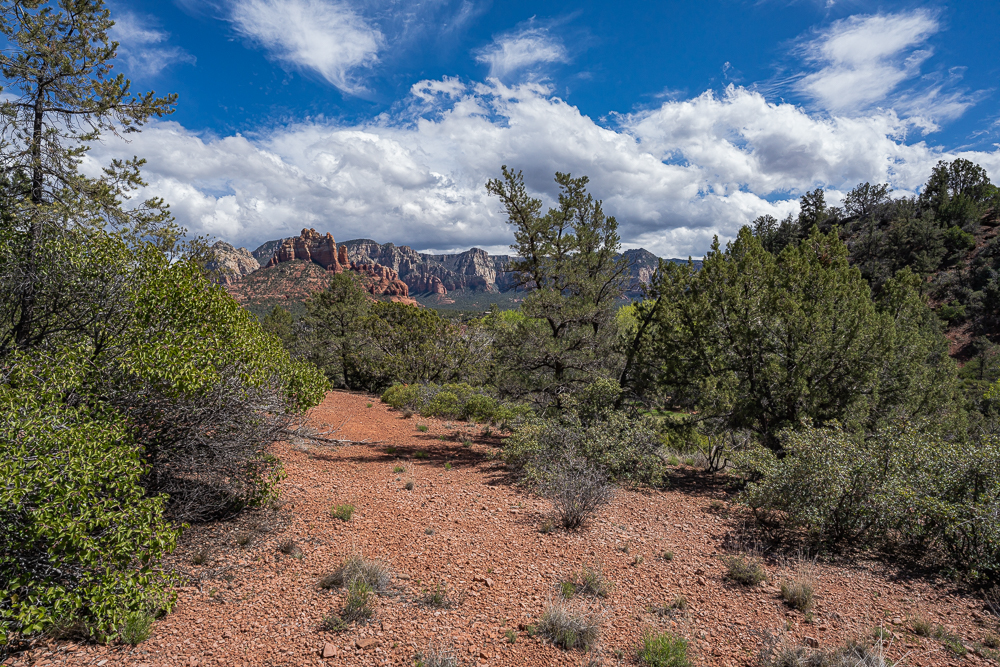
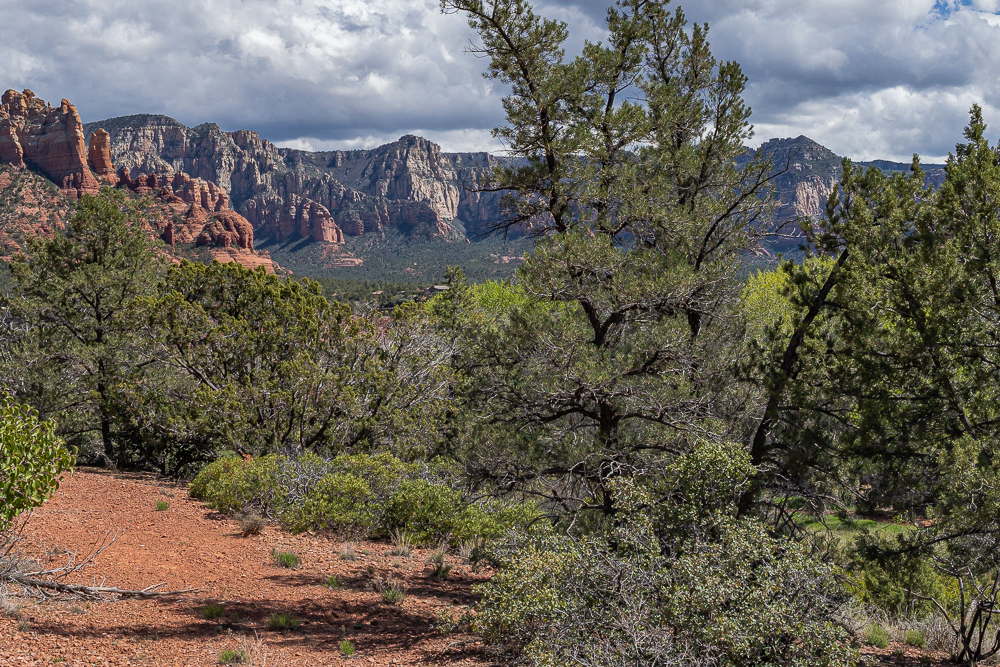
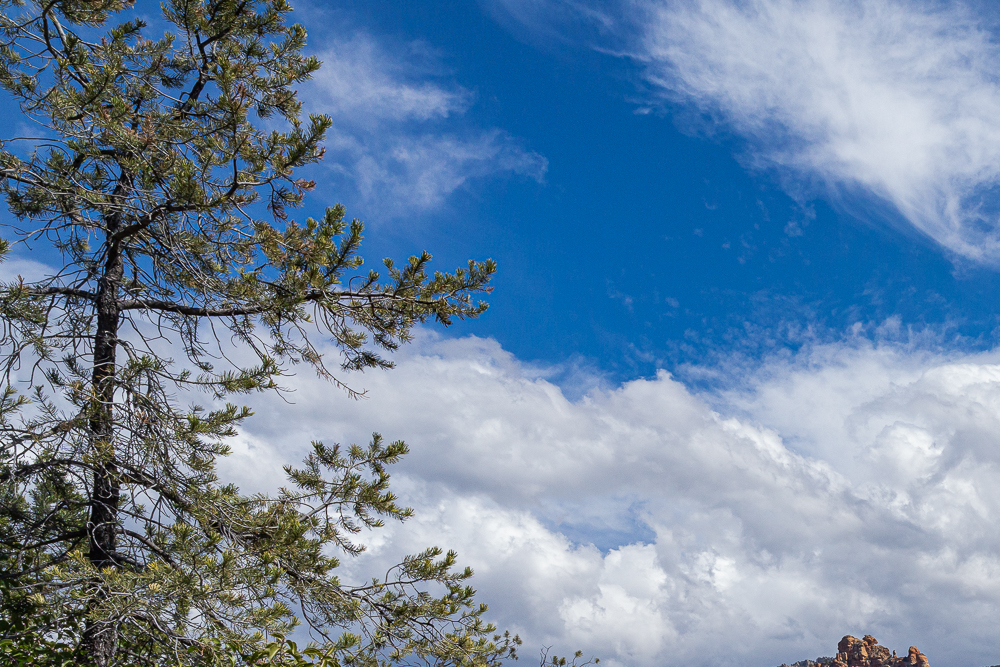
Tamron 35mm f2.8 Di III OSD M
This is one of three Tamron wide-angle lenses released by Tamron in March, 2020. They all have the same outer design, 2.8 maximum f-stop and 1:2 close-up ratio. This lens and the 24mm version have outstanding sharpness throughout the image plane. All three lenses are moisture-resistant, have fluorine coatings, and are priced at $349.00 each.
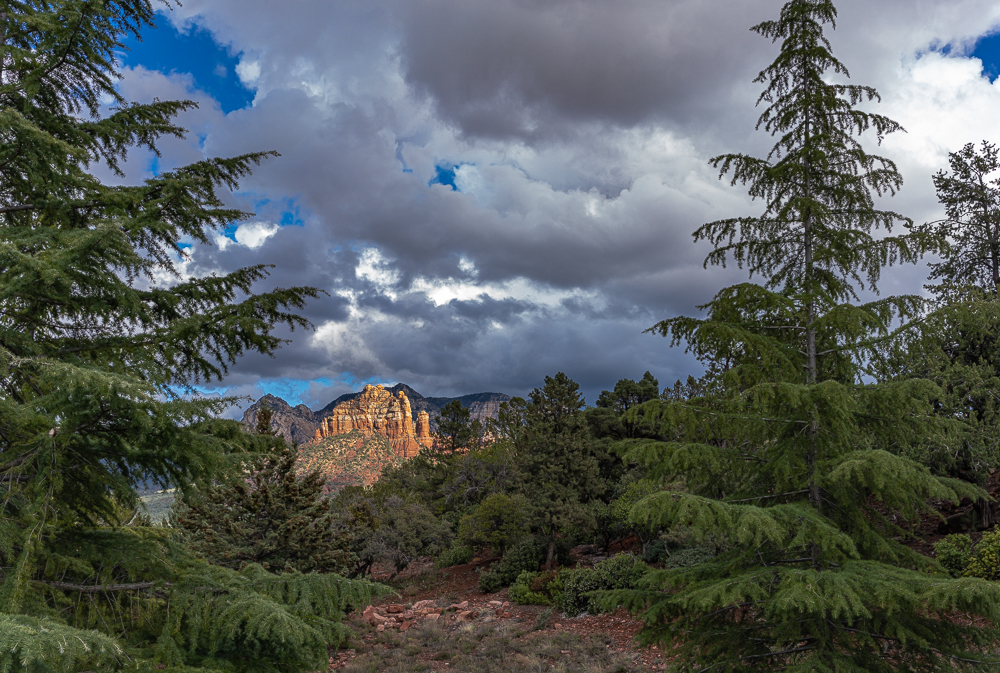
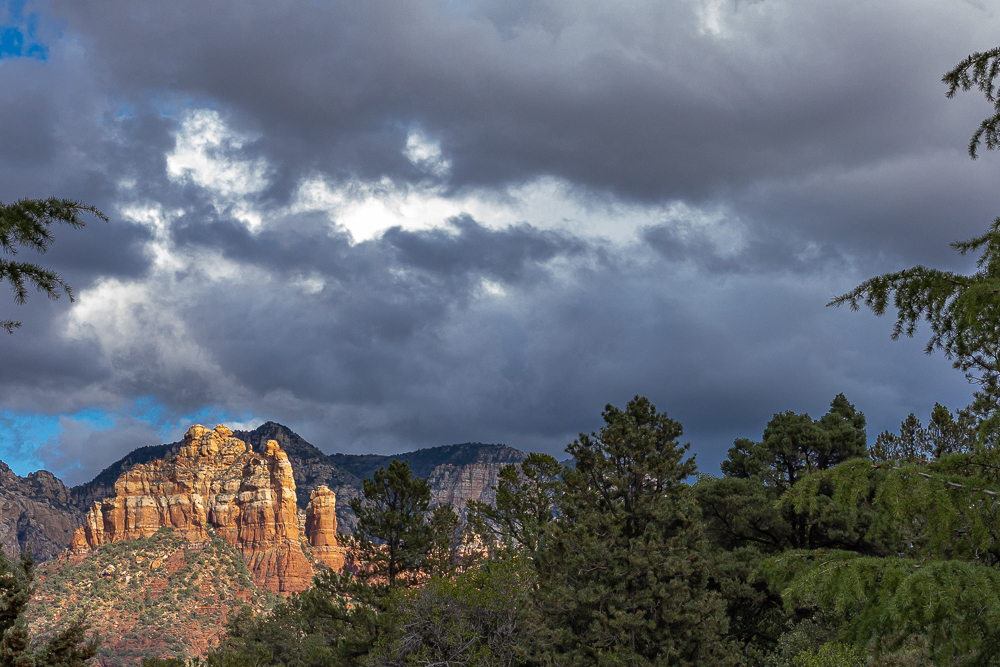
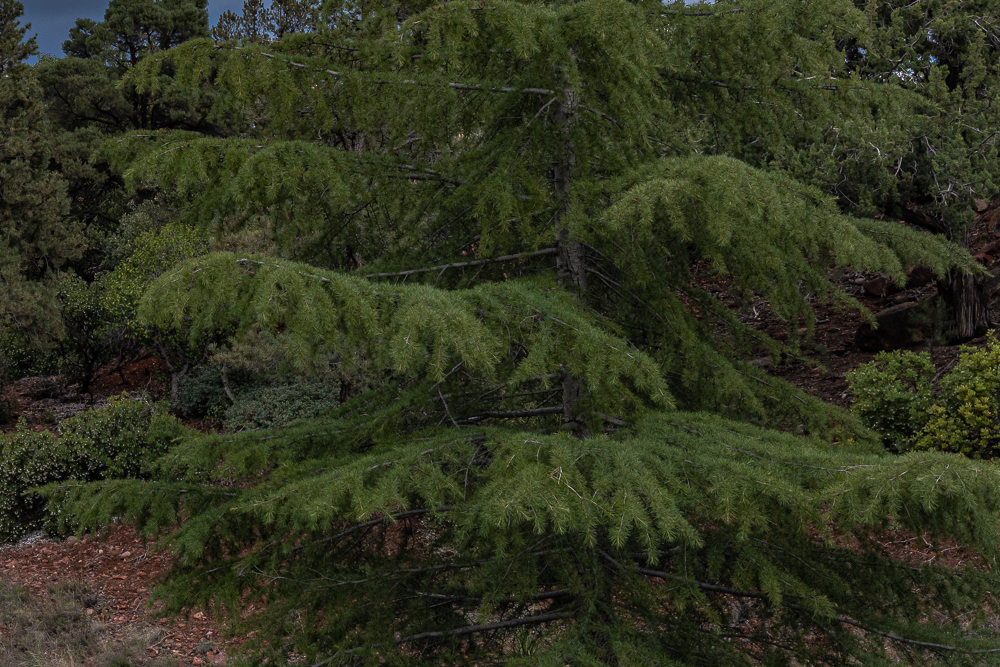
Sigma 45mm f2.8 Contemporary
This is a little gem of a full-frame lens that has the overall quality and performance of their Art lenses but without the bulk and weight. It is offered in both Sony’s E-mount and Leica’s L-mount. Sharpness is outstanding across the film plane as indicated by resolution tests run by OpticalLimits.com. The modest maximum f-stop of 2.8 allows it to be modestly priced at $549.00.
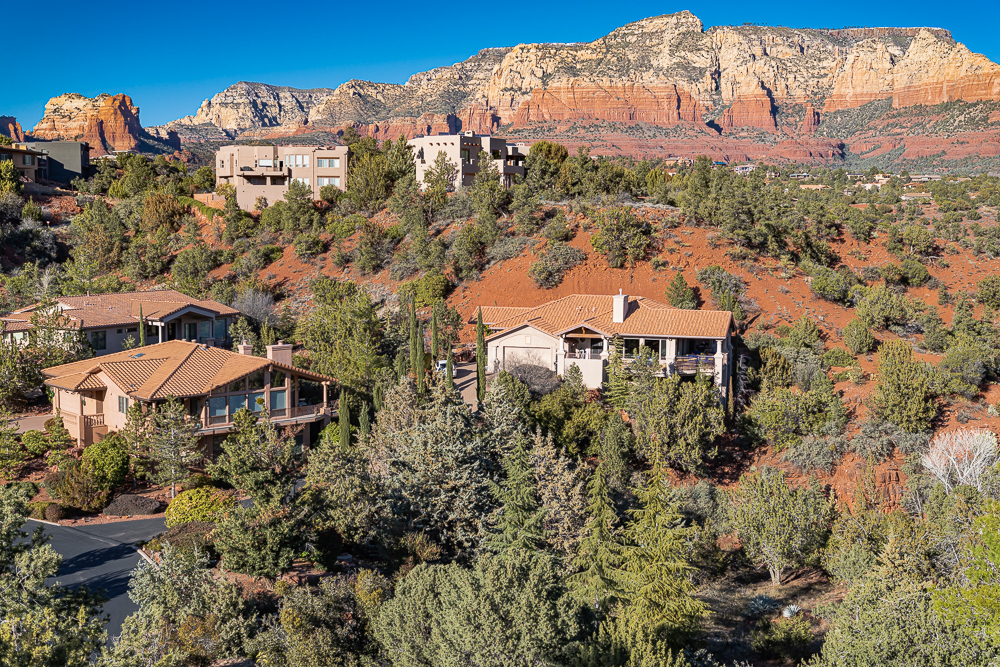
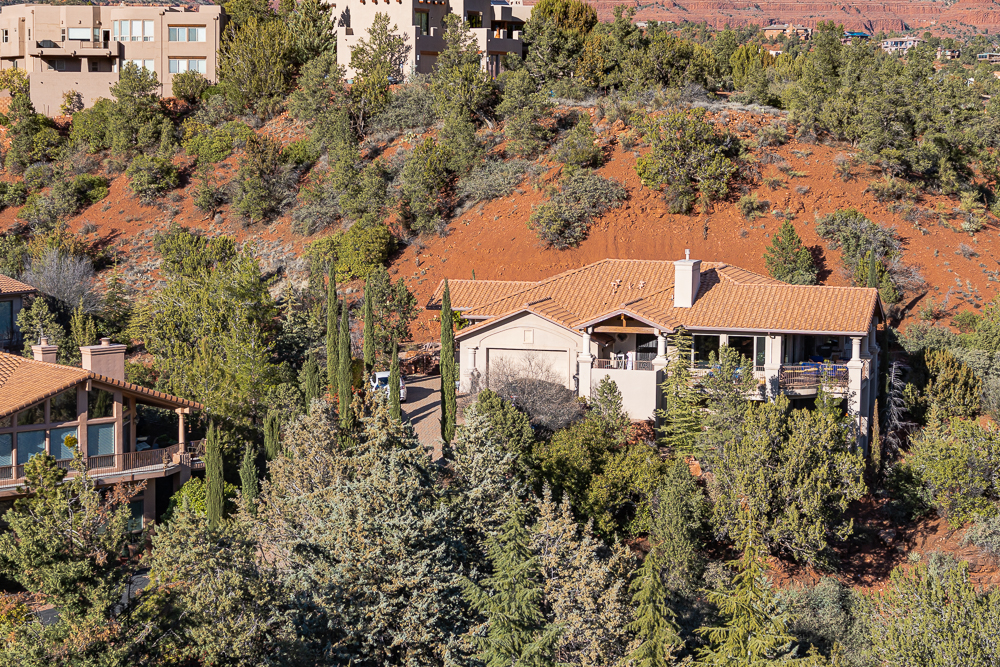
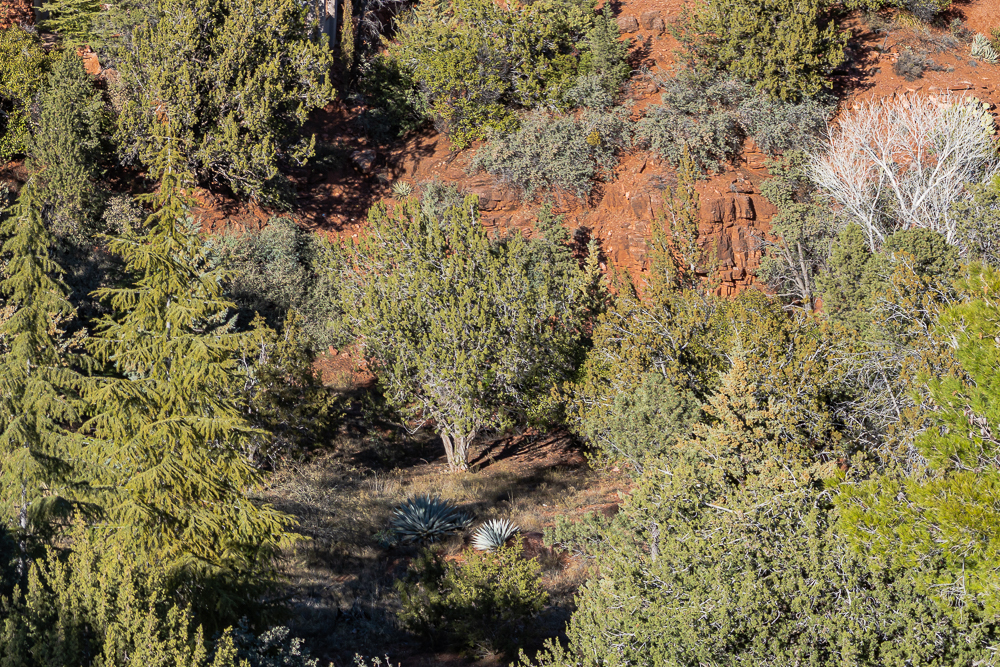
Voigtlander 110mm f2.5 Macro APO-Lanthar
Voigtlander was an old-line Austrian and German company that used to offer excellent cameras and lenses that provided a lower-cost alternative to Leica equipment. The highly regarded Japanese optical company Cosina currently offers a line of high-quality lenses under a licensed Voigtlander label. Build quality is high and utilizes all-metal construction. They are fully manual lenses that allow for A mode auto-exposure, and the manual focusing is extremely smooth.
Their line also features a number of apochromatic lenses, making Cosina somewhat unique. As might be expected, their glass elements are extremely advanced in both design and chemical composition, which makes apochromatic lens production less expensive. I have joined the chorus of photographers that give these lenses extremely high marks. Their resolution is outstanding, and the image quality produced on the Sony A7r M4 is probably as good as it gets. The image at the beginning of this article was taken with this lens. Pricing is medium range ($999) only because there are no bells and whistles like autofocus, dedicated control buttons and (sadly) no weather sealing.
But, oh that IQ! Perhaps most rewarding is that the tonal transitions are the smoothest I have ever seen in the Digital Age. The micro-contrast strikes a perfect balance between defining fine detail and avoiding excessive overall image contrast. Though I don’t need it, I’m tempted to buy Voigtlander’s 65mm f2.0 Macro APO-Lanthar lens as well.
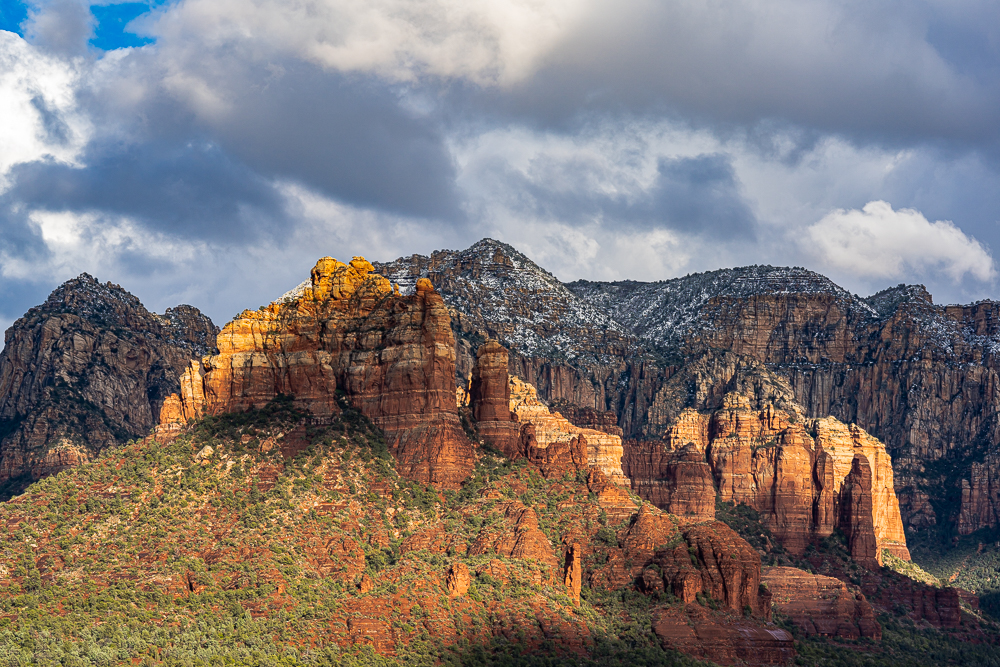
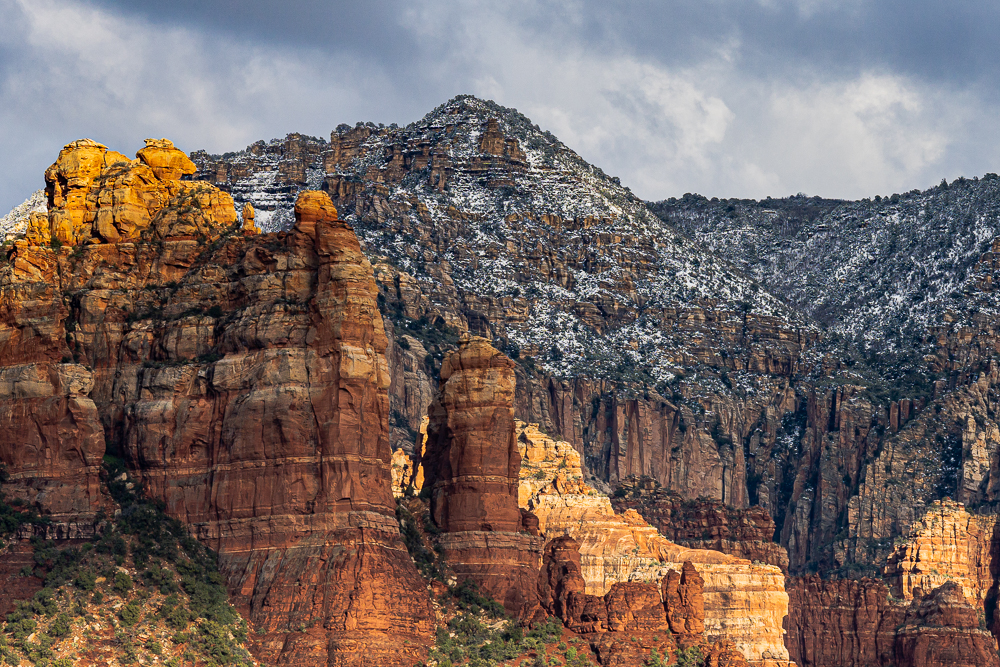
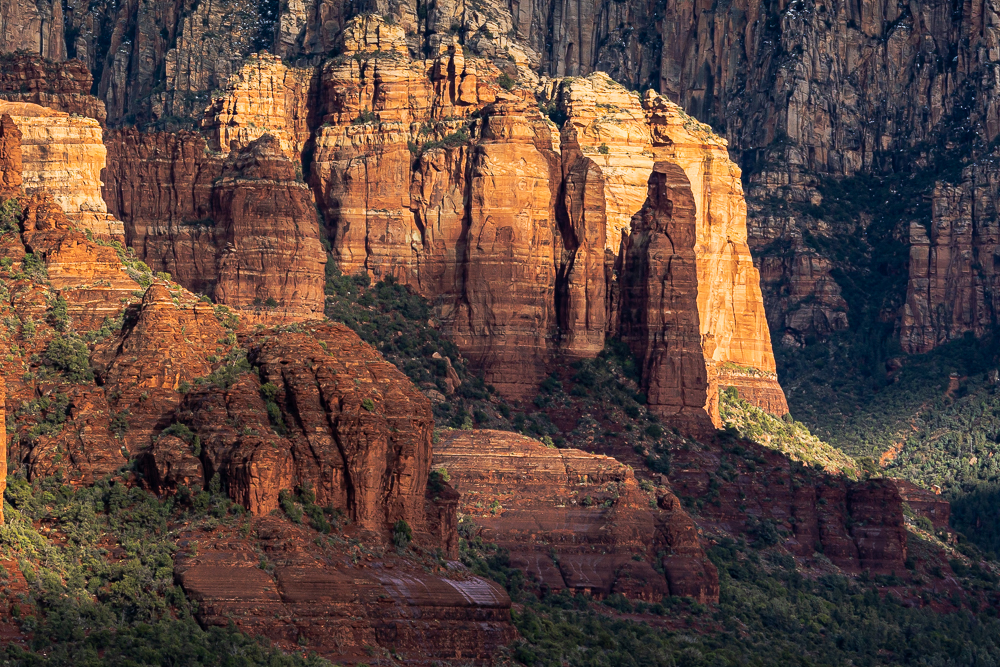
The net result of this major overhaul of my lens inventory is that the sale of the three older lenses paid for the four new ones; so no extra outlay. In exchange for achieving better resolution, I have lost the convenience of using one wide-angle zoom in the place of three prime wide-angle lenses (including the Sony 24mm f1.4 GM that I already had). Total weight is the same, as the new lenses are compact and light, and the 16-35mm zoom was large and heavy. Though compact, the Voigtlander 110mm is moderately heavy compared with the Sony 85mm f1.8 and does not have autofocus. The trade-off is greater sharpness, more brilliant color and smoother tonality. I won’t be taking many portraits with it. But, I have gained first-rate 1:1 macro capability. And, as we all know, it’s always fun to play with new toys.
Most likely, most photographers would not make these same choices. However, the joy of seeing real increases in IQ sealed the deal for me. And, for me, the Sony A7r M4 is the camera for which I have waited almost 70 years!
Postscript
The next two articles will discuss what raw image quality is, how camera, lens and digital technologies contribute to it and offer some speculations on what we might see in the future.
Harvey Stearn
April 2019
Sedona, AZ
To see the scope and essence of Harvey Stearn's photographic art please visit www.CameraStops.com. Mr. Stearn began photographing Western landscapes and wildlife at the age of 13, spent 50 years pursuing his passion in the field and in the darkroom before fully converting to digital photography in 2002. He developed color prints as well as monochrome, but switched over to digital capture and editing in 2002. Though he was a top executive for two large scale land development and home building corporations, he always found time for his fine art photography which won many awards. His work was exhibited in art museums in Southern California and Arizona, and was also featured in billboard advertisements and published in magazines. Mr. Stearn served on the California Arts Council for nine years, including two years as Chairman and another two as Vice Chairman. In addition, he was the founding Chairman of the John Wayne Airport Arts Commission in Orange County, California. Mr. Stearn’s work was sold through Arizona galleries for 15 years. In recent years he wrote 33 illustrated articles for PhotoPXL.com and 14 articles for Luminous-Landscape.com. In 2013 he published a book entitled “In Search of the Old West” which has been widely acclaimed. He was a guest lecturer on photography on a cruise ship visiting Chile, Argentina, Uruguay and the Falkland Islands. His work was among the top 100 images printed in NANPA's Showcase publications in 2019 and 2020. Images have been edited and selected for two new books on Landscape photography which will be published in late 2024 and early 2025.





